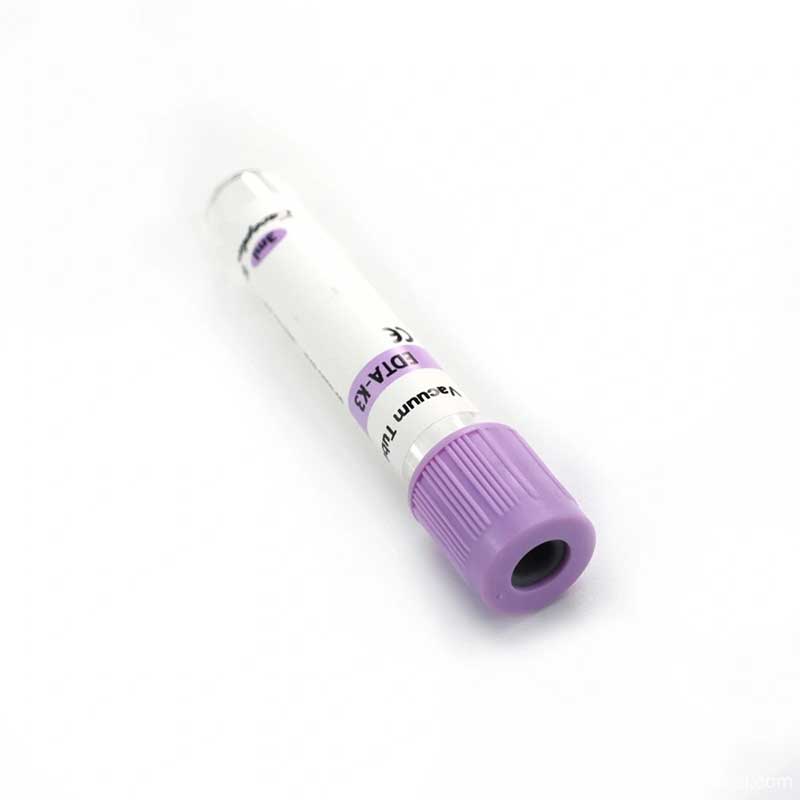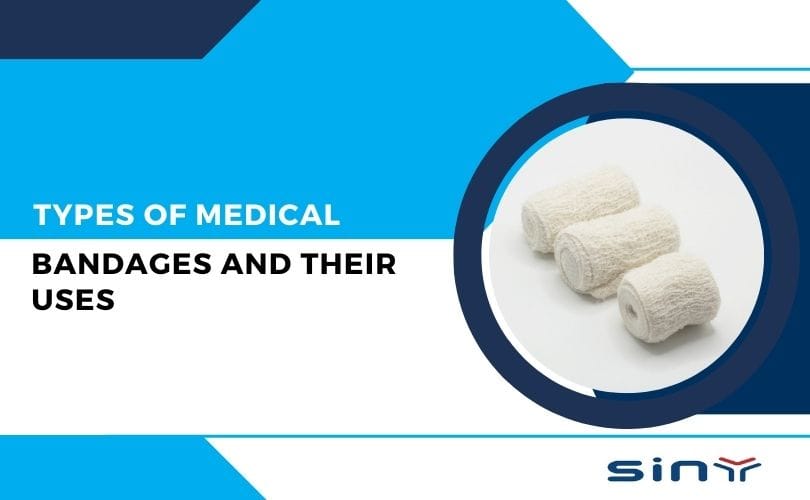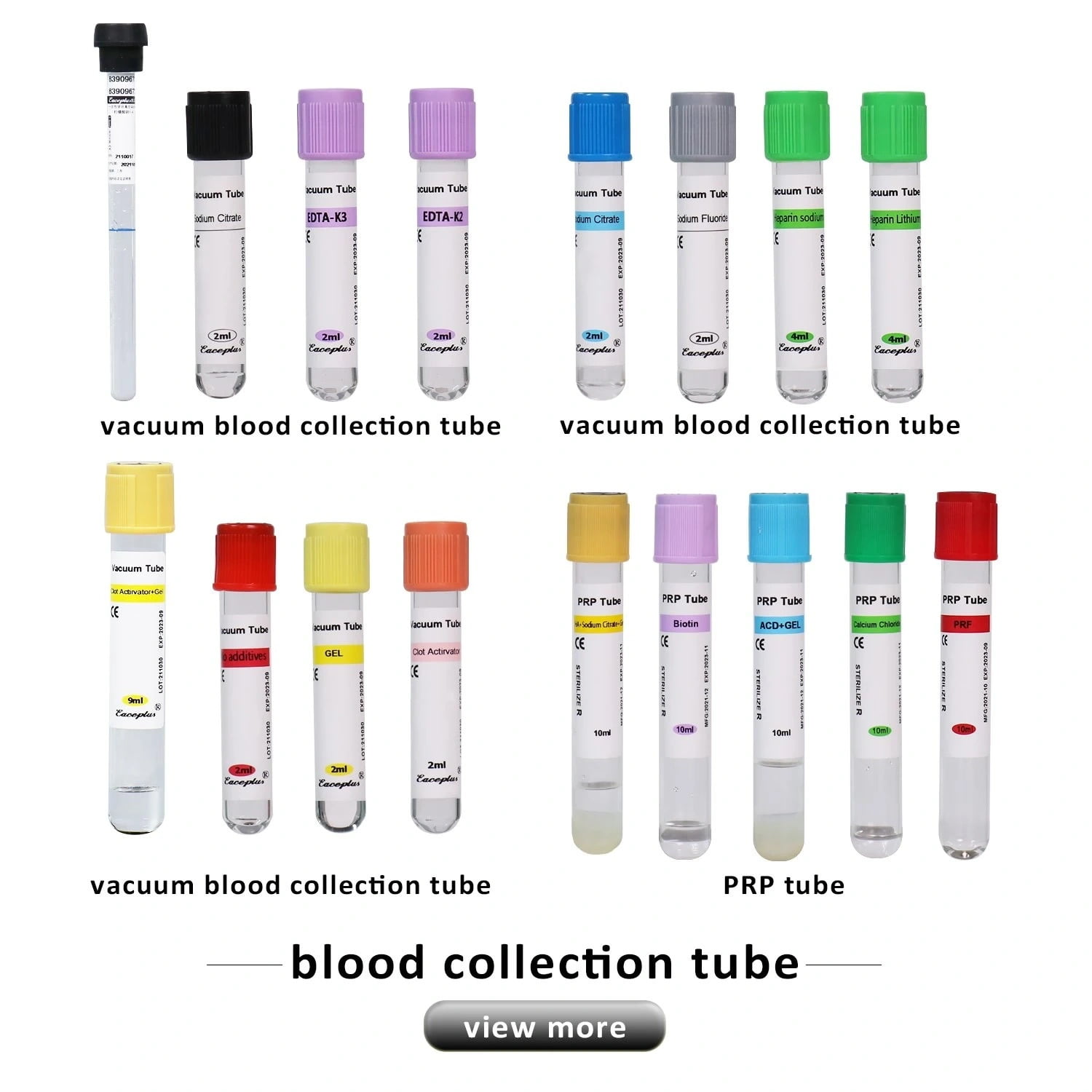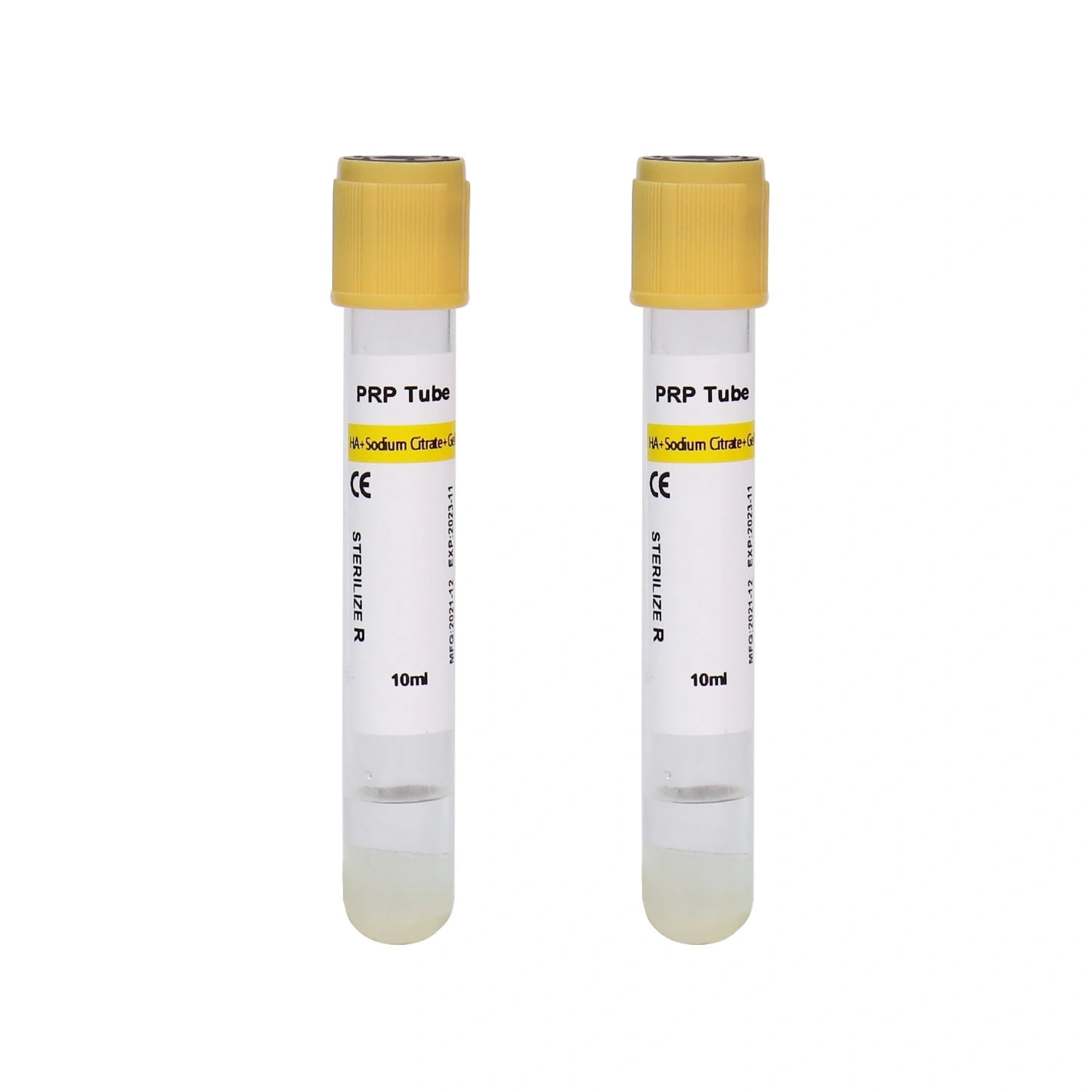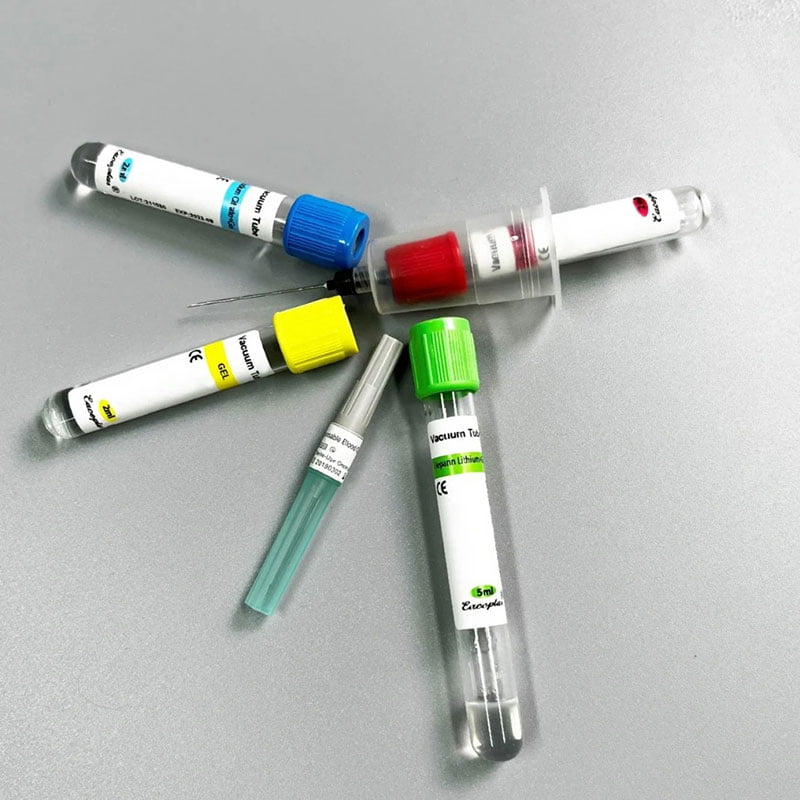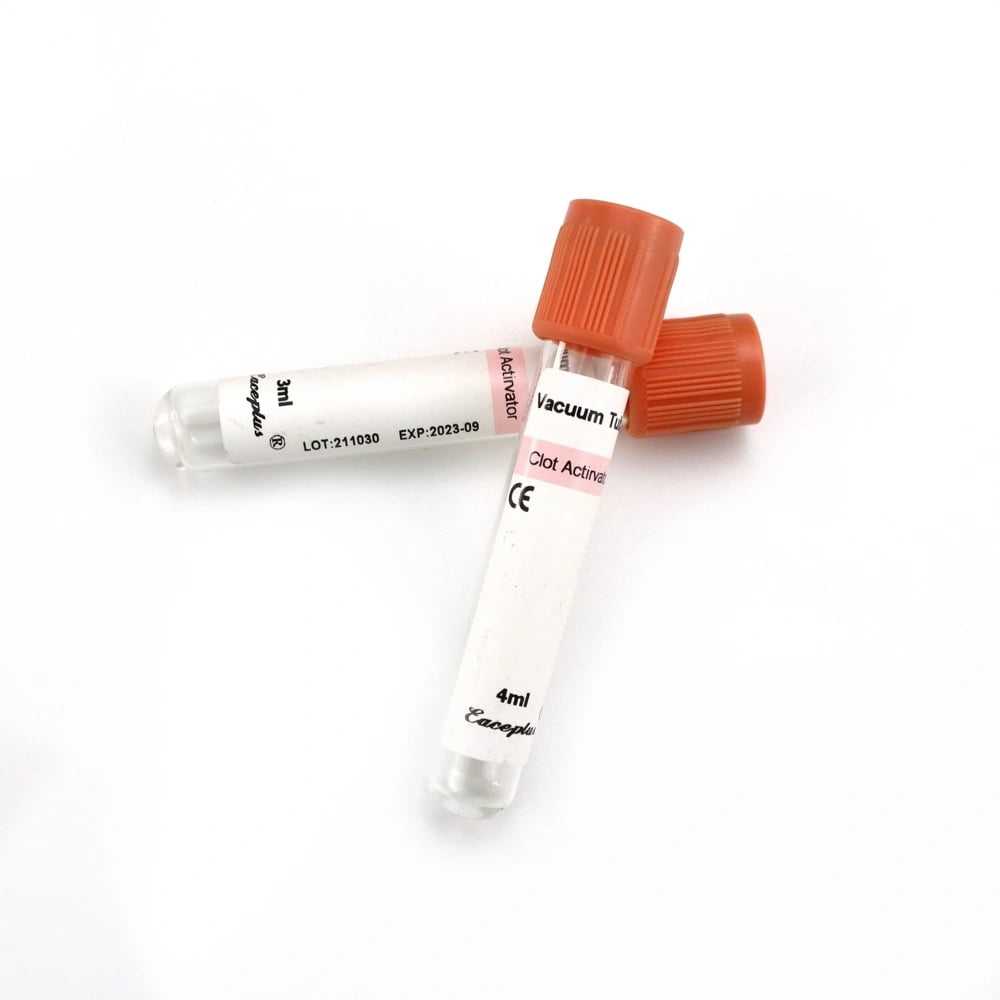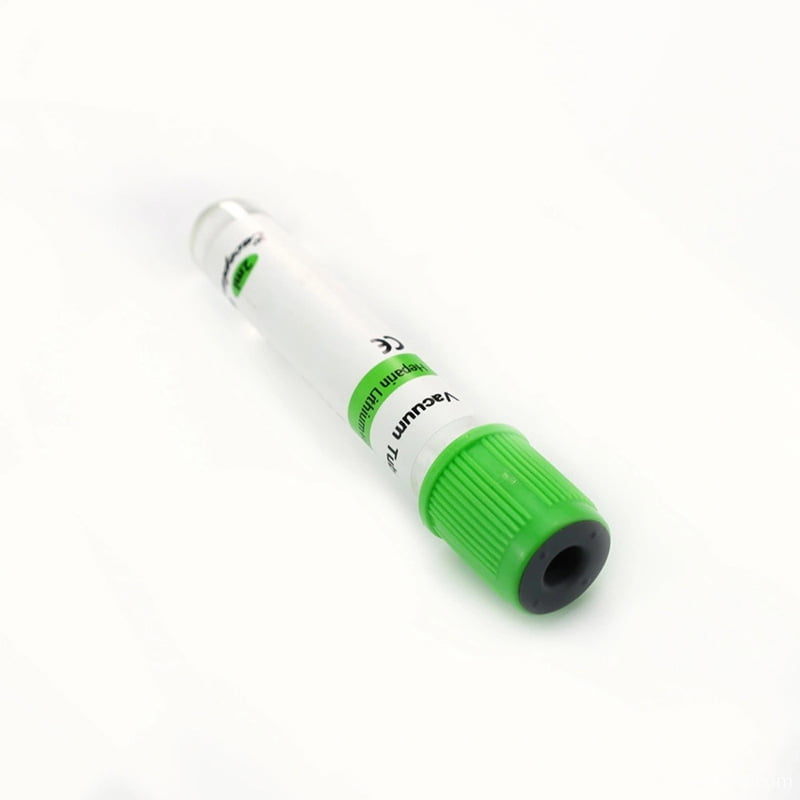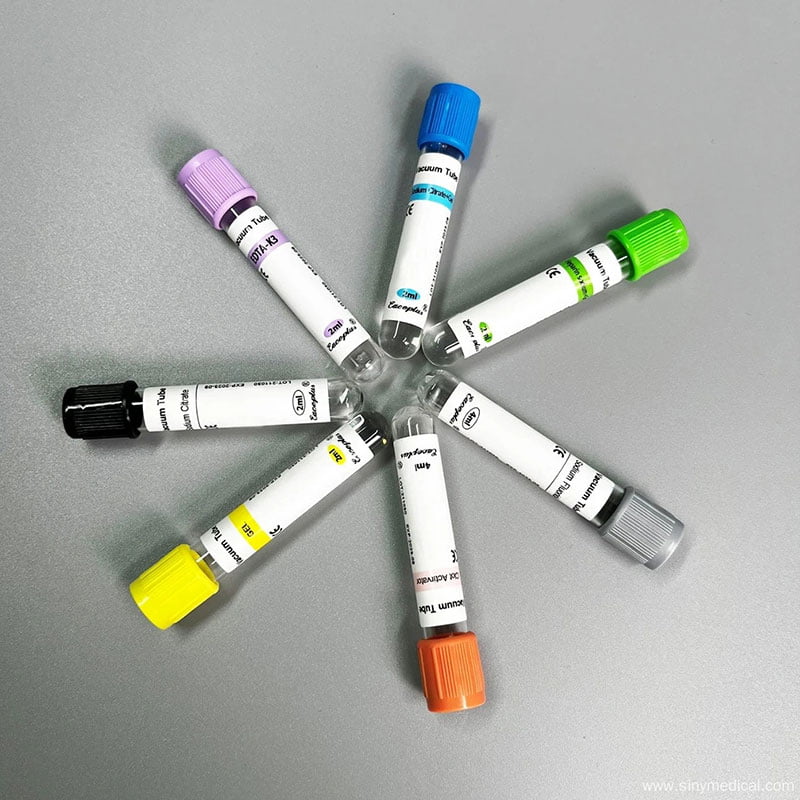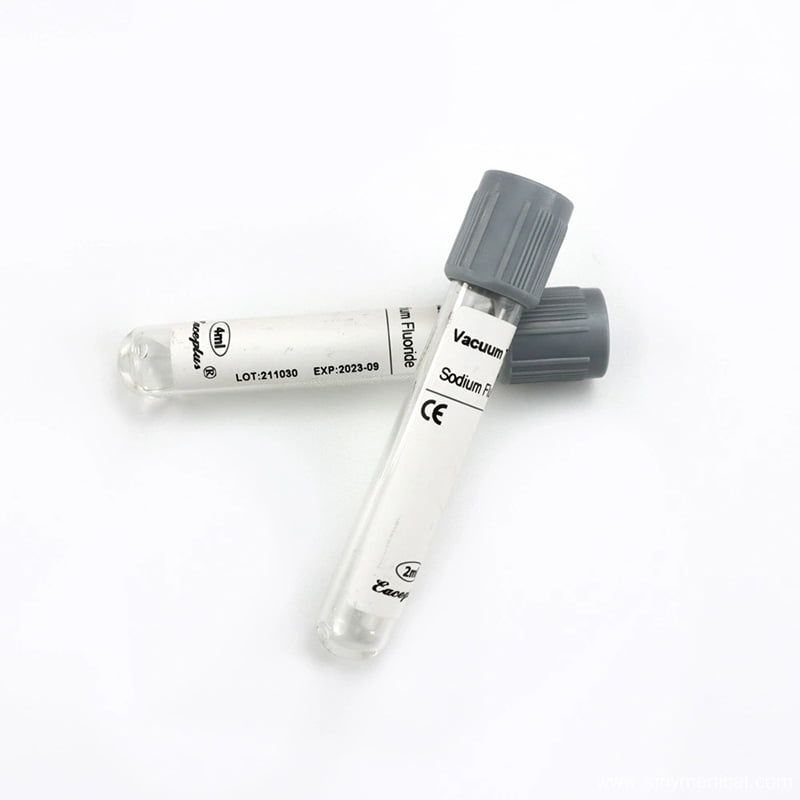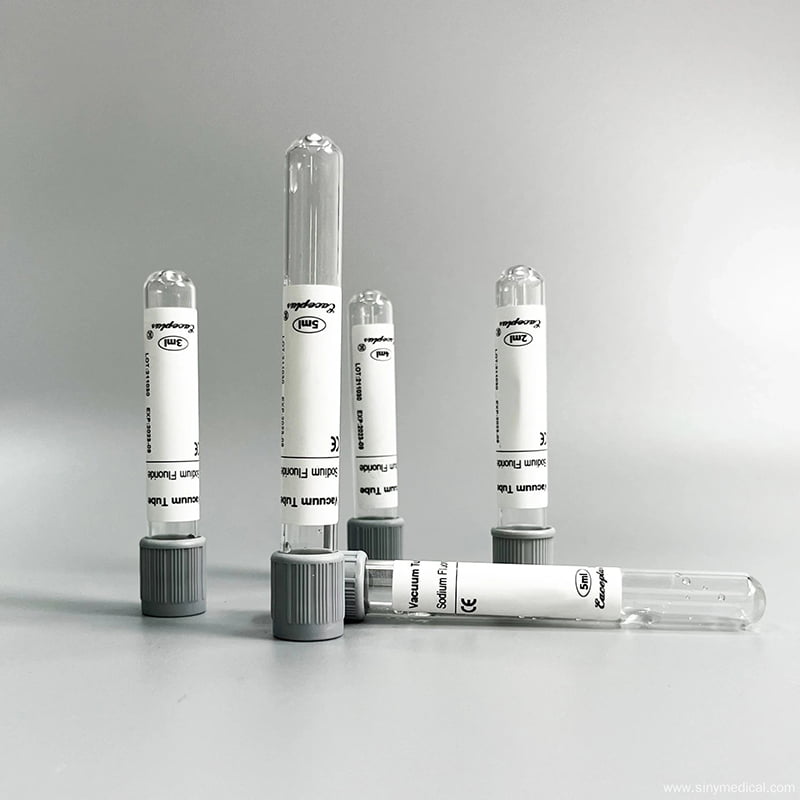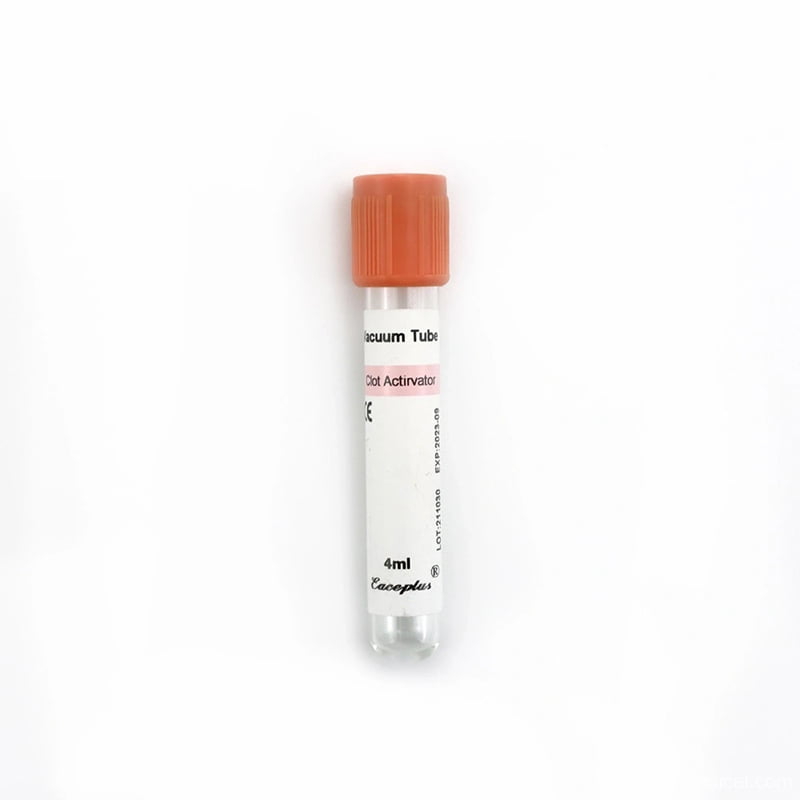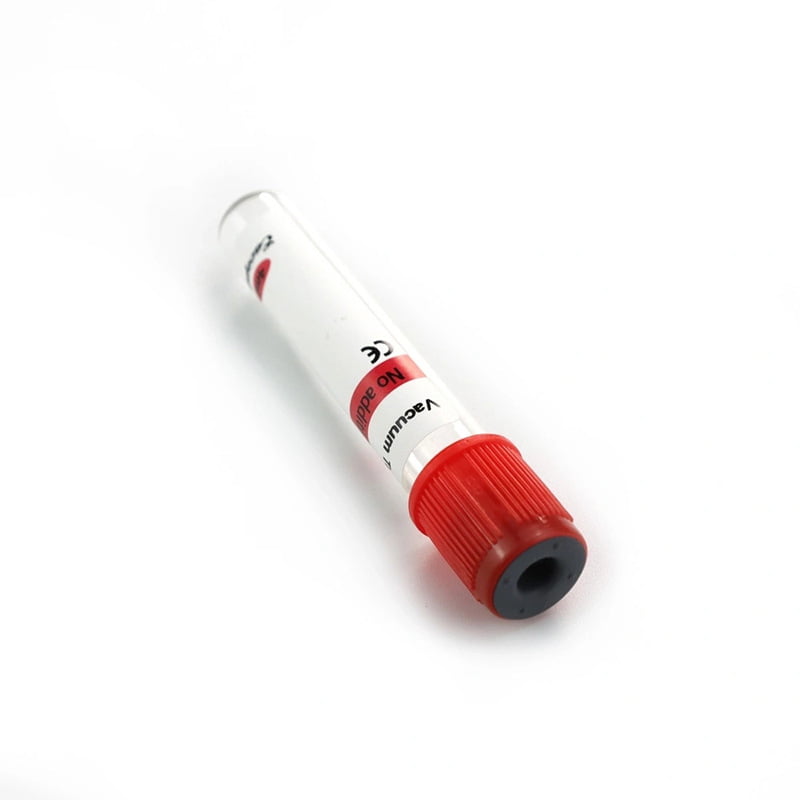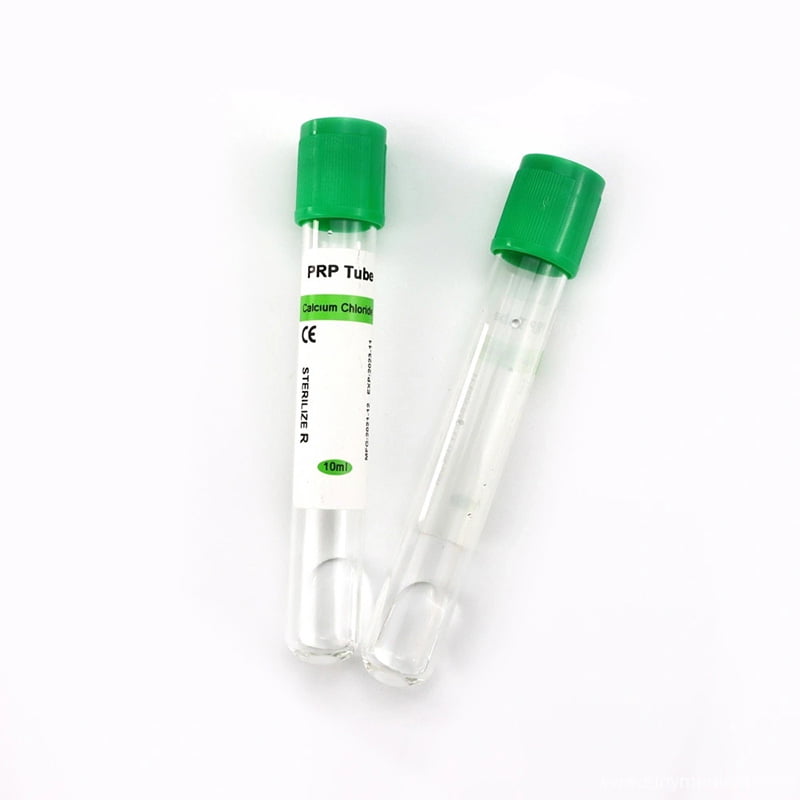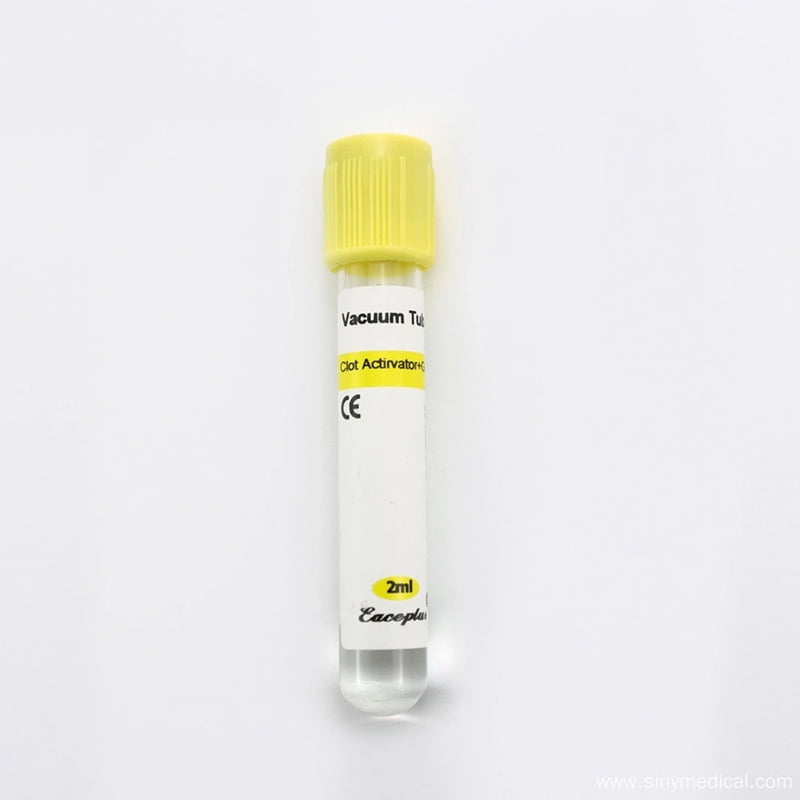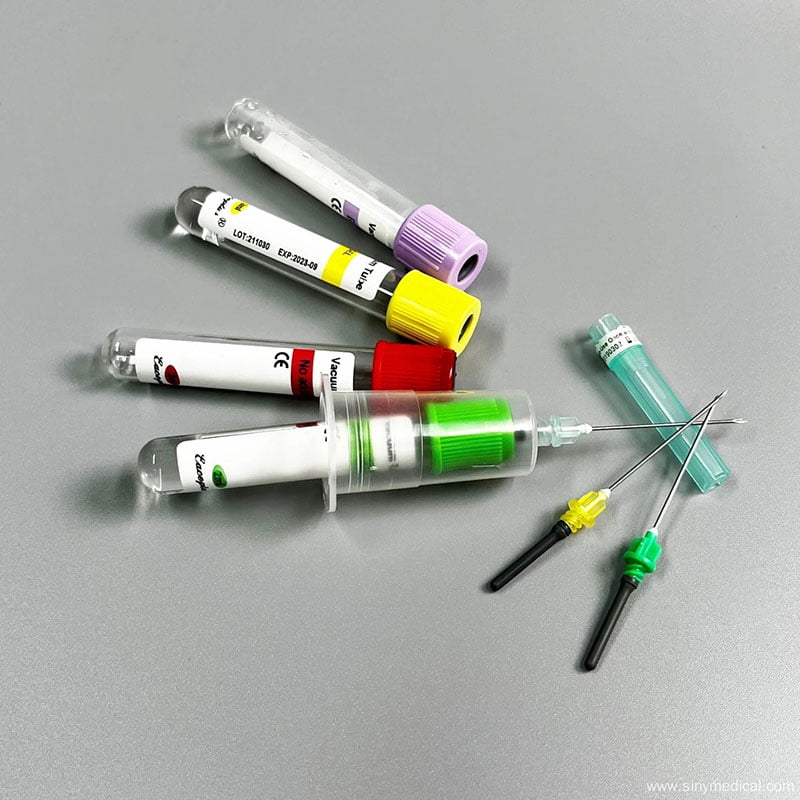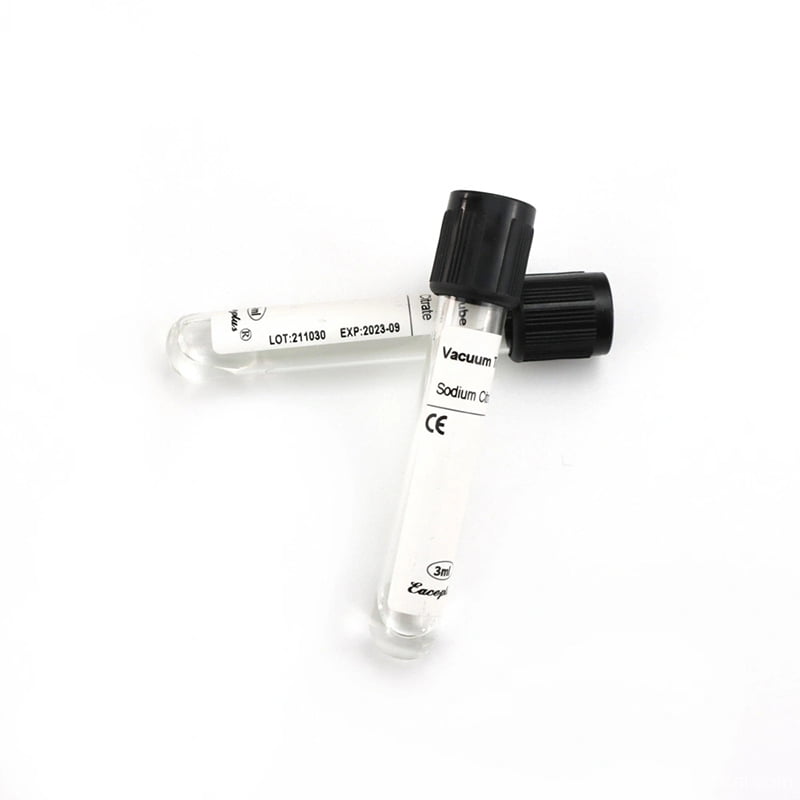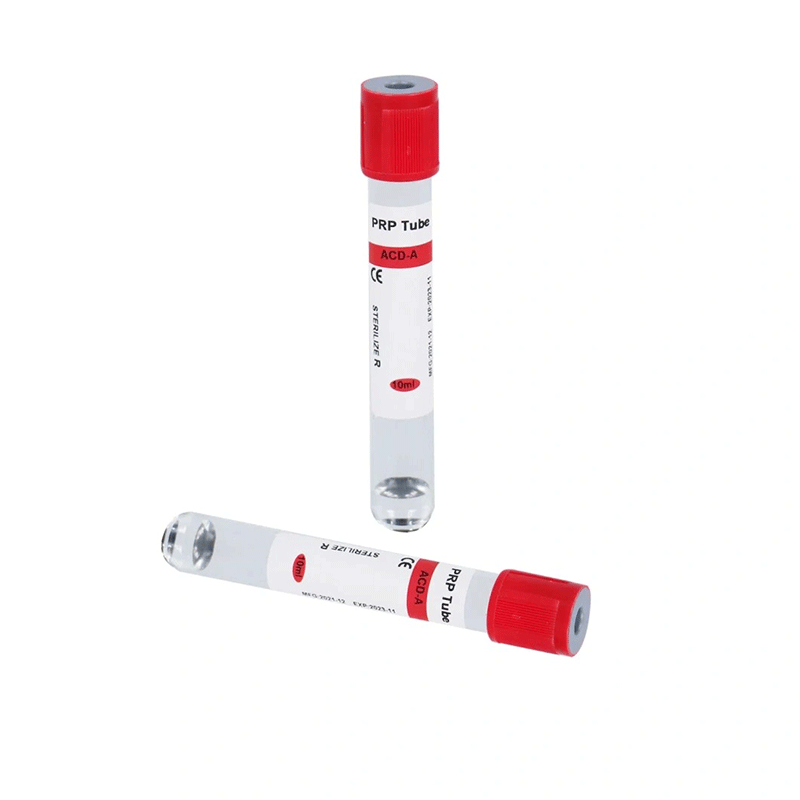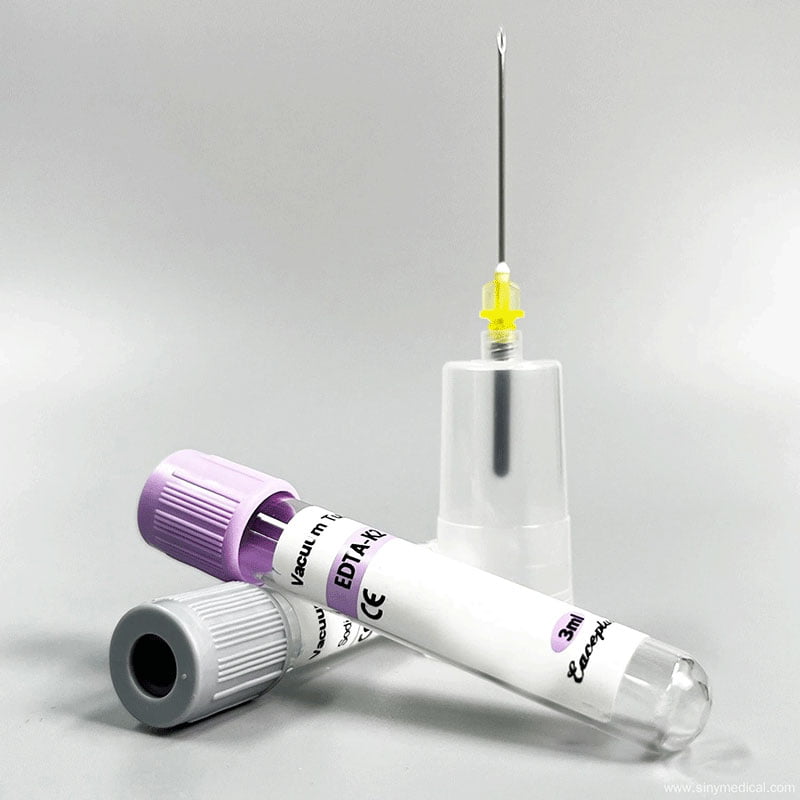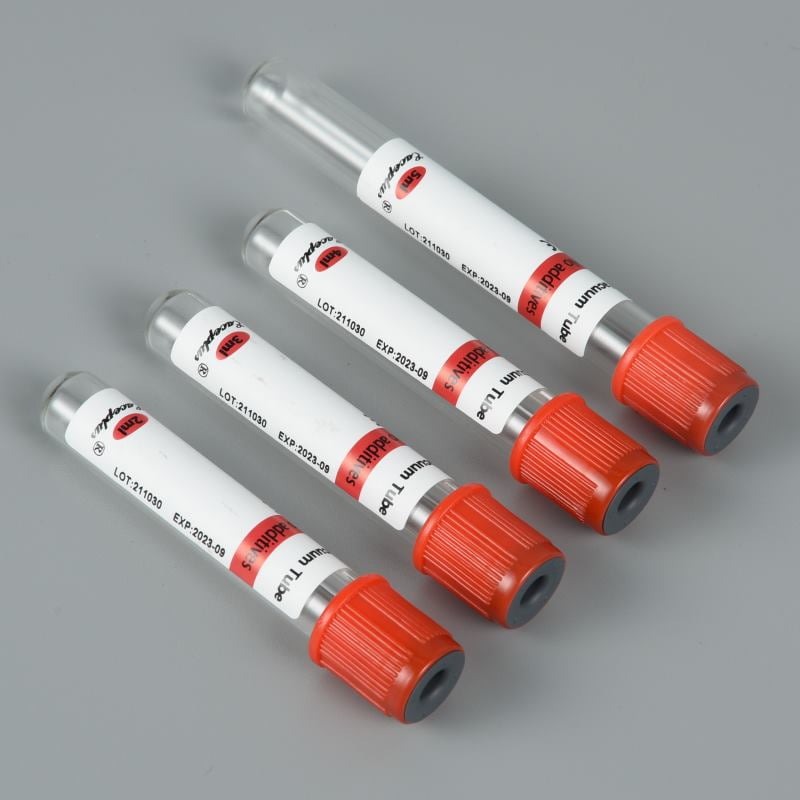Medical bandages are an essential part of wound care and injury management. Whether it’s a small scrape, a surgical wound, or a sprain, the right bandage can make a world of difference in healing and comfort. But with so many types of bandages available, how do you choose the right one for your needs? In this guide, we’ll explore the different types of medical bandages, their features, and how to use them effectively.
Here, we take a look at some of the main types of bandages that are used in the course of first aid and their specific use cases.
Table of Contents
What is a bandage?
Bandages are soft, absorbent materials used to:
- Cover a wound with a dressing
- A splint can provide support
- Put a wounded body part in a state of immobility
- A soft tissue injury should be compressed
Bandages are not intended to be used directly on wounds, although they are often used interchangeably with ‘dressings’.
A dressing is designed to be the primary layer applied to a wound so that:
- Bruising of the stem
- Exudate absorbs
- Reduce pain by providing relief
- Infection prevention
However, bandages serve primarily as a secondary layer for holding dressings in place and supporting healing.
Medical Bandage Specifications
Versatile use: suitable for fixation, application, and creation of surgical dressing materials.
Material: Typically made from soft, breathable fabric for patient comfort.
Common sizes: Available in various widths and lengths to accommodate different needs.
Sterility: Depending on the intended use, medical bandages may come in sterile or non-sterile forms.
What are the different types of bandages?
Siny Medical Bandages
A sinymedial bandage, also known as a gauze bandage or roller bandage, is the most common type of medical bandage. Generally, they are made up of a woven strip of absorbent material.

The uses of
You can use a siny medical bandage for a number of different purposes, including:
- Keeping a dressing in place
- Support for moderate injuries (e.g. joint immobilization)
- A compression process
A Siny Medical Bandage’s Application
- Place the bandaged body part in a comfortable position for the patient before bandaging.
- Wrap the bandage twice around the injury firmly (only unroll a few centimetres at a time) to secure it.
- The new layer should cover two-thirds of the previous layer as it wraps from the middle of the body part/limb outwards in spirals.
- It is important to cover the dressing completely.
- The bandage should then be wrapped around once more with adhesive tape or safety pins attached.
Applied to knees and elbows
Roll bandages on knees or elbows as follows:
- Support any strains or sprains and hold any dressing in place
- Flex the joint a little
- The bandage should be wrapped in a figure of eight, extending generously on both sides of the joint
Hands: Applying
Be sure to follow these steps when applying roller bandages to hands:
- Support any strain or sprain with a dressing
- Wrap twice around the wrist, then take diagonal turns along the back of the hand up to the little finger’s base
- Wrap the around all fingers, leaving the thumb and fingertips free
- The bandage should be wrapped across the palm towards the outside of the wrist
- The position of Figure 8 should be slightly shifted each time to prevent bunching.
Product Types of Medical Bandages and Their Uses
Below is a handy table summarizing the various types of medical bandages and their specific features and uses.
| Type of Bandage | Features | Uses | Recommended Product |
|---|---|---|---|
| Elastic Self-Adhesive Bandages | – Stretchable material – Self-adhesive – Waterproof and breathable | – Supporting sprains and strains – Securing wound dressings – Reducing swelling | Elastic Self-Adhesive Medical Waterproof Bandage |
| High-Elastic Bandages | – Superior stretch – Offers firm support | – Sports injuries like sprains – Controlling inflammation – Securing splints | High Elastic Bandage First Aid Elastic Bandage |
| Medical Wrap Bandages | – Multipurpose – Durable and flexible | – Securing wound coverings – Light compression – First-aid applications | Medical Bandage Wrap Elastic Wrap |
| Cotton Surgical Bandages | – Soft and absorbent – Gentle on the skin | – Dressing surgical wounds – Managing burns and bedsores – Protecting delicate skin | Surgical Cotton Bandage Supplier |
| Medical Plaster Bandages | – Coated with plaster – Hardens when moistened | – Stabilizing fractures – Creating orthopedic molds – Supporting surgical repairs | Medical Plaster Bandage |
| Bandages for Bed Sores | – Cushioned design – Promotes healing | – Preventing pressure sores – Managing existing bedsores | Medical Bandages for Bed Sores |
| Waterproof Bandages | – Protects against moisture – Lightweight and breathable | – Covering wounds during water exposure – Preventing infection | Elastic Self-Adhesive Medical Waterproof Bandage |
| First-Aid Bandages | – Pre-cut and easy to apply – Lightweight | – Dressing minor cuts – Securing gauze pads – Emergency use | Bandages for Medical |
How to Choose the Right Bandage for Your Needs
Selecting the appropriate bandage depends on several factors:
Type of Injury or Wound:
- Use elastic or high-elastic bandages for injuries requiring support.
- Opt for cotton or waterproof bandages for wound protection.
Purpose:
- For wound dressing, choose breathable cotton bandages.
- For swelling or sprains, go for compressive elastic wraps.
Environment:
- In wet conditions, waterproof bandages are a must.
- For long-term use, consider durable and reusable options like high-elastic bandages.
For a full selection of premium bandages, visit the Siny Medical Product Category Page.
Final Thoughts
Understanding the types of medical bandages and their uses can significantly improve wound care and injury management. Whether it’s for minor first-aid needs or advanced medical applications, choosing the right bandage ensures faster healing and greater comfort.
For top-quality medical bandages, explore Siny Medical’s extensive product range.
FAQs Medical Bandages
Can I reuse medical bandages?
Yes, elastic bandages and wraps can often be reused after proper cleaning. However, adhesive and plaster bandages are typically single-use.
How do I know which bandage to use?
Consider the injury type, required support level, and whether the bandage needs to be waterproof or breathable.
Are elastic bandages safe for sensitive skin?
Yes, most elastic bandages are hypoallergenic and designed to be gentle on the skin. However, it’s essential to monitor for any signs of irritation.
What are the best bandages for sports injuries?
High-elastic bandages are ideal for sports injuries as they provide the necessary support and compression.

